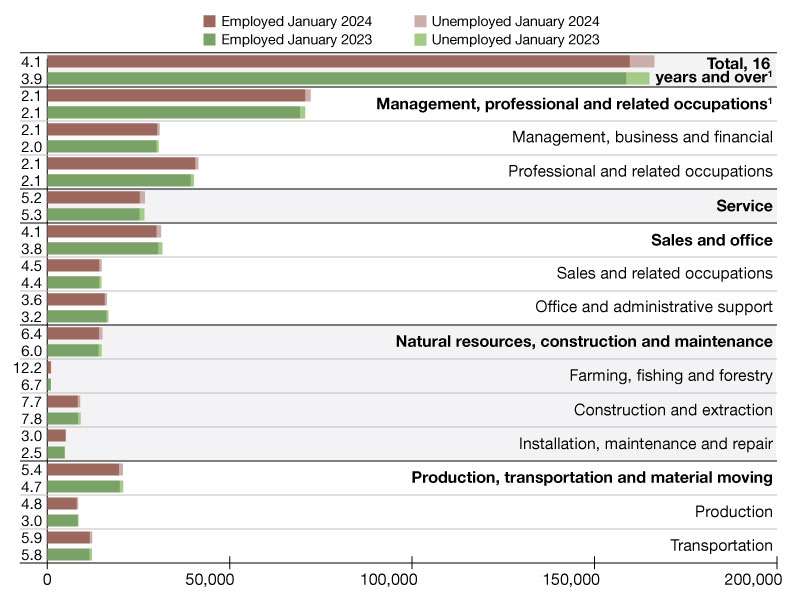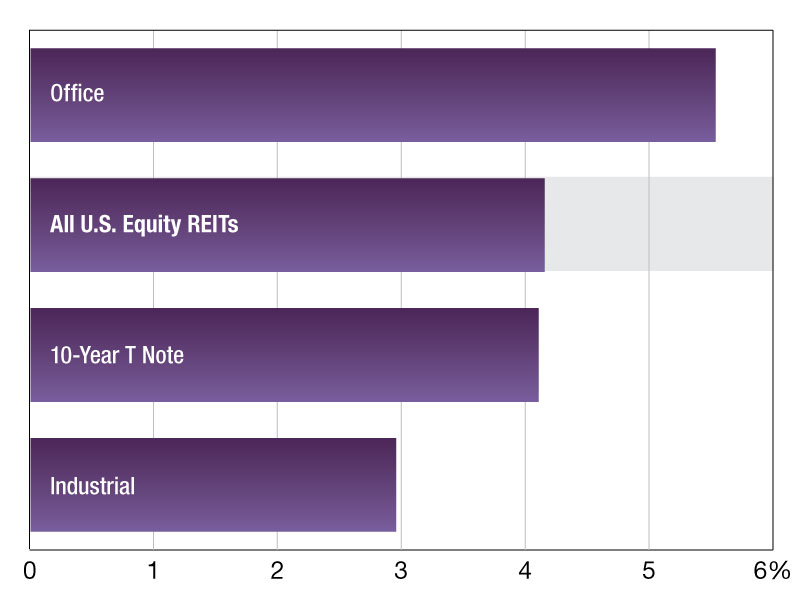Some REIT Sectors Still Feel Pandemic Effects
Which three categories should be watched most closely in 2022? Stephen Boyd of Fitch Ratings weighs in.
As pandemic recovery forges ahead and everyday life continues to trend toward normalcy, the bulk of U.S. REITs have stabilized, with many returning to pre-pandemic rating levels. In fact, just 17 percent of Fitch-rated U.S. REITs were on Negative Outlook or Watch as of the beginning of 2022, compared to 38 percent in the year prior.
As with many property-related sectors, the immediate economic threat faced by U.S. REITs has largely subsided. The majority of REIT sectors are experiencing improved demand trends, resulting in stronger demand and occupancies, higher rent collections and lower bad debt reserves, and for most sectors, steadily improving rents. While many REIT sectors have stabilized, three areas remain below pre-pandemic levels: hotel and leisure, health care and office REITs. For each of these still-recovering sectors, there will be key indicators to monitor as 2022 progresses.
Hotel REITs
During the height of COVID, the bulk of rating downgrades were concentrated in the hotel and leisure sector, as the pandemic pressured cash flows beyond what was imbedded in sector ratings. However, unusually strong leisure demand and health liquidity profiles, aided by expense reductions, led Fitch to stabilize selected hotel REITs in the second half of 2021 at ratings that are a notch below pre-pandemic levels. Key factors to watch in this sector include better visibility on corporate transient and group demand trends, along with prospects for credit protection metrics returning below positive rating sensitivities.
Health-Care REITs
Health-care REITs continue to face outsized exposure to pandemic-related demand disruption, though adequate leverage headroom and material support of tenants by the government resulted in most ratings being affirmed at Stable. In the longer term, Fitch views the rental income risk profile of senior housing and skilled nursing as relatively unchanged by the pandemic. Both arguably remain the most effective care setting for specific patients.
Office REITs
Long-term leases and strong rent collections helped office REITs sidestep the immediate pandemic-related stress other property sectors suffered. As remote work and hybrid options have remained prevalent, ratings cases for offices have included tepid, below-average occupancy gains and net effective rent growth in the next upcycle. Fitch’s Negative Outlook for several New York metro-focused office REITs is primarily based on leverage that exceeds downside sensitivities. Office occupancy, rent, leasing activity and building census trends are important items to watch, along with successful development stabilization and subsequent de-levering.
Though hotel and leisure, health care and office REITs currently have a slight lag behind other sectors, further stabilizations are likely, assuming issuers within each sector meet Fitch’s rating case. That being said, more aggressive pro-cyclical postures could put more intense pressure on ratings across all sectors. It will be important to keep an eye out for new and developing trends over the course of the coming months—both within these specific sectors and beyond.
Stephen Boyd is senior director, U.S. Real Estate and Leisure at Fitch Ratings.








You must be logged in to post a comment.